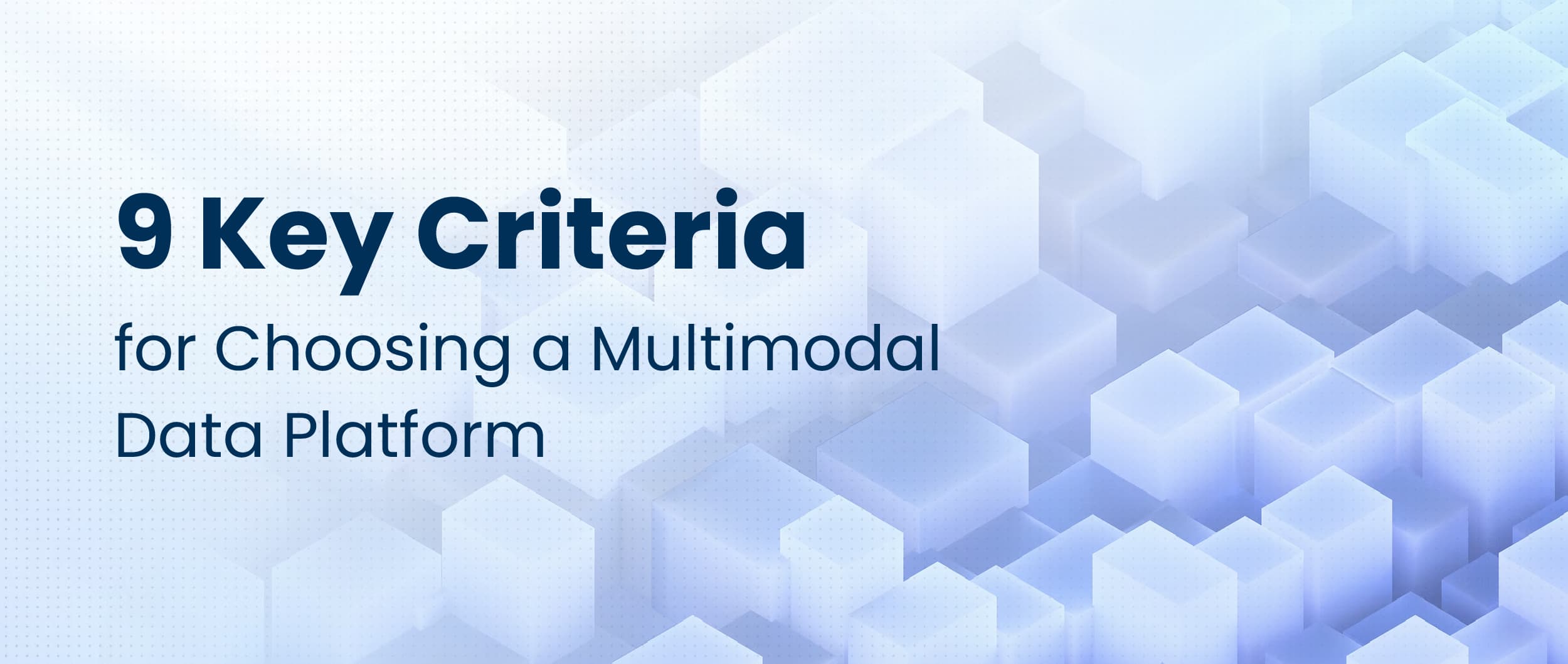Table Of Contents:
DIY solutions for multimodal data are expensive
Here are nine key criteria to look for in a multimodal data platform
Multimodal data, including large-scale, high dimensional multiomics data, is the new frontier. This is where biopharma is hunting for new targets to expand treatment capabilities and improve patient outcomes through earlier disease detection and diagnosis. But multimodal data is high volume and is complex to derive value. To drive discoveries, scientists need to harness this bleeding-edge frontier data alongside conventional data, but there aren’t enterprise-grade solutions that tackle all kinds of data with equal ease and efficiency.
DIY solutions for multimodal data are expensive
As a result, teams at biotech and pharma companies typically start with open source solutions and build additional infrastructure around them to get them to be enterprise-ready, which often means operating at scale and in compliance with data regulations. This DIY approach takes tremendous engineering resources, long time to start up as well as heavy operational costs to maintain and update the infrastructure to fit with evolving data needs.
Often multiple teams hold stake in the success of multimodal data platforms: research project teams who need biological insights, data and AI teams who are looking to build models to support project success, as well as research informatics teams who want to accelerate data processes, and streamline cross-functional collaboration. Ultimately biopharma teams want to speed up time to insights in cost-effective ways, and investing in a multimodal data platform can be transformative.
Here are nine key criteria to look for in a multimodal data platform
1. Offer a scientific system of record
Provide robust integrated functionality including a highly scalable database for all project data including a data catalog, and a file manager.
2. Offer a unified data model
Support both bleeding-edge frontier data and conventional research data with equal efficiency.
3. Enable vector search
Support vector search and generative AI applications.
4. Abide by FAIR data principles
Ensure data and metadata is well-organized, so it is findable, accessible, interoperable, and reusable, an essential for biopharma.
5. Support emerging data types
6. Provide computational firepower
Deliver scalable computational power (e.g., CPUs, GPUs) and may leverage high-performance computing (HPC) environments on the go.
7. Facilitate unsupervised learning
Deliver ML-ready data and enable teams to train models on vast datasets (such as tens of millions of single cells).
8. Ensure regulatory compliance
Comply with GDPR, HIPAA, ISO 27001, and SCDM regulations and SOC 2 controls.
9. Provide strong governance controls
Provide project, group, and user settings, with role-based permissions on who can view, edit, and process data, as well as audit trails.
Access the 2025 buyers guide to learn more about how to evaluate multimodal data platforms.
Meet the authors

